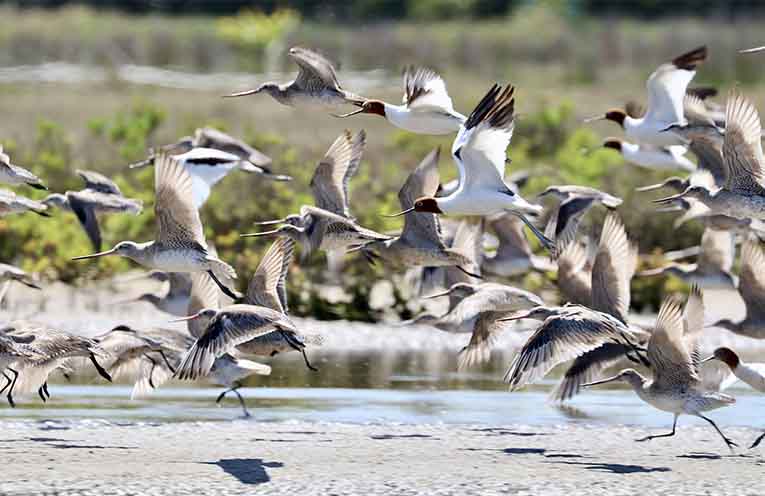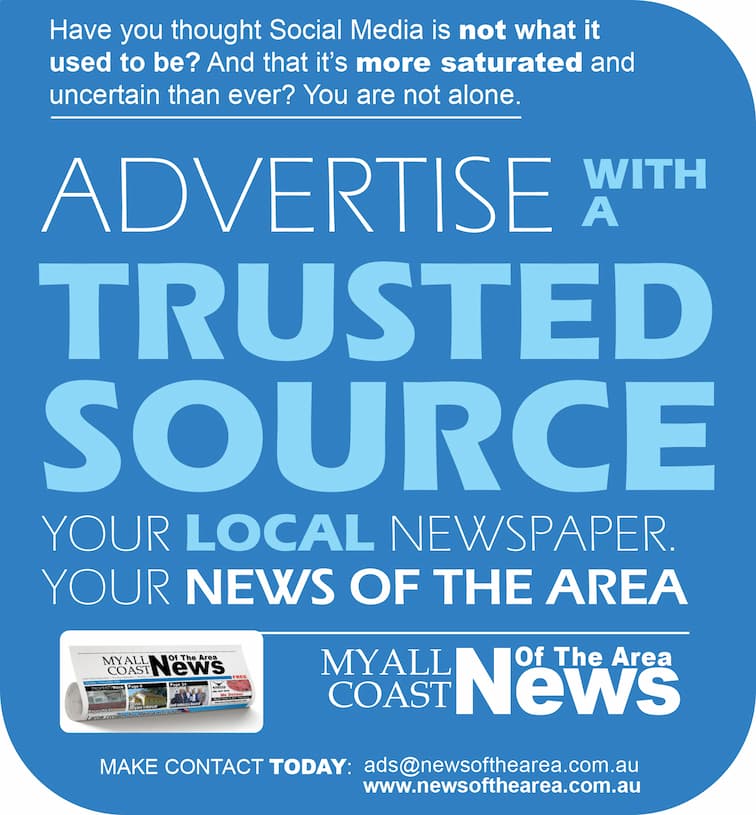HUNTER Local Land Services is working to protect and restore the Hunter Estuary Wetlands and Myall Lakes Ramsar sites – two wetlands of international importance.
The project aims to strengthen habitat, cultural partnerships and community engagement to support the recovery and long-term resilience of these vital ecosystems.
The ‘Securing the Sanctuaries of Ramsar and Priority Wetlands for Migratory and Marine Species’ project is funded by the Australian Government Natural Heritage Trust and delivered by Hunter Local Land Services, a member of the Commonwealth Regional Delivery Partners panel.
The project targets key threats such as habitat loss, invasive species and human disturbance, with actions such as restoring and repairing dykes, controlling weeds and feral animals, and protecting critical feeding and roosting sites for shorebirds.
First Nations peoples have cared for these wetlands and surrounding landscapes for thousands of years, maintaining cultural connections through songlines, stories and sustainable land management practices.
Their knowledge provides invaluable insights into seasonal patterns, species behaviour and ecological change, and is central to the way the project is being delivered.
The Hunter Estuary Wetlands, a Ramsar-listed site at the mouth of the Hunter River near Newcastle, is the state’s most important habitat for threatened shorebirds, regularly supporting internationally significant populations of the eastern curlew and red-necked avocet.
The wetlands also provide critical habitat for the green and golden bell frog, Australasian bittern and estuary stingray.
The Myall Lakes Ramsar site protects a diverse coastal lake system that supports threatened species and ecological communities.
Within Hunter Wetlands National Park, Stockton Sandspit is one of the key shorebird roosting sites in New South Wales, maintained through ongoing habitat restoration.
Hunter Local Land Services Healthy Landscapes Manager Clare MacDougal said the project was about securing the future of these internationally significant places.
“Healthy wetlands are essential for wildlife, water quality, climate resilience and communities,” Ms MacDougal said.
“By embedding the traditional knowledge of First Nations peoples into Ramsar site management, alongside science and community partnerships, we are not only improving habitats for threatened species like the eastern curlew but also protecting cultural and ecological values for future generations.”
Federal Member for Newcastle Sharon Claydon said the Hunter Estuary Wetlands is a treasure of global significance.
“From the critically endangered eastern curlew to the green and golden bell frog, these wetlands are home to some of our most precious and vulnerable species.
“By investing in the recovery and long-term resilience of these vital ecosystems, we’re securing critical habitat for threatened species and safeguarding biodiversity for future generations.
The project is delivered in collaboration with a broad partnership network, including the NSW Department of Climate Change, Energy, the Environment and Water, Awabakal and Worimi Local Aboriginal Land Councils, Taree Indigenous Development Enterprise Ltd, the University of Newcastle, Hunter Wetlands Centre Australia, BirdLife Australia, and local community groups and landholders.
The project will run until 2028 and includes annual Ramsar forums, ecological surveys, pest and weed control, cultural and community education activities, and outcomes reporting.
Community members will be invited to take part in workshops, citizen science activities and volunteer opportunities throughout the life of the project.




